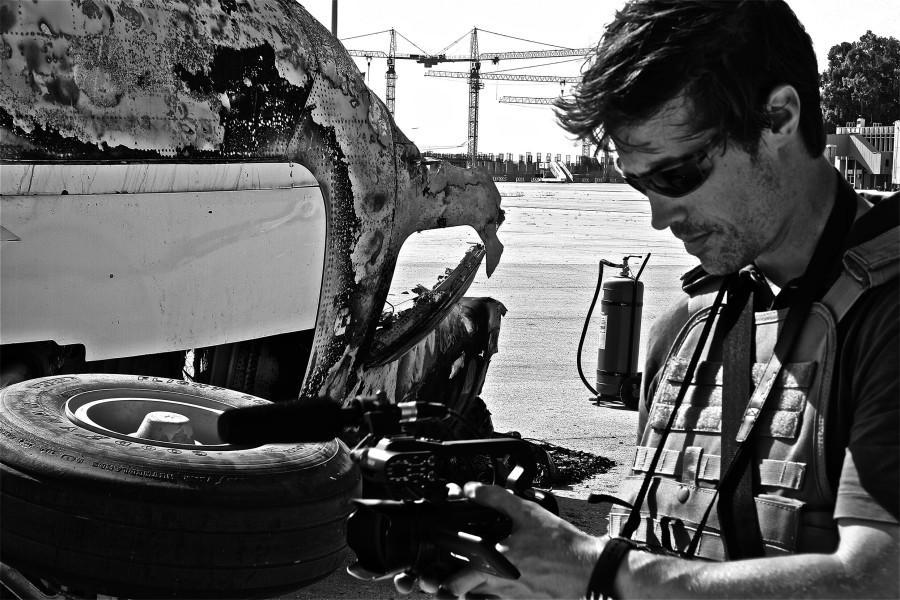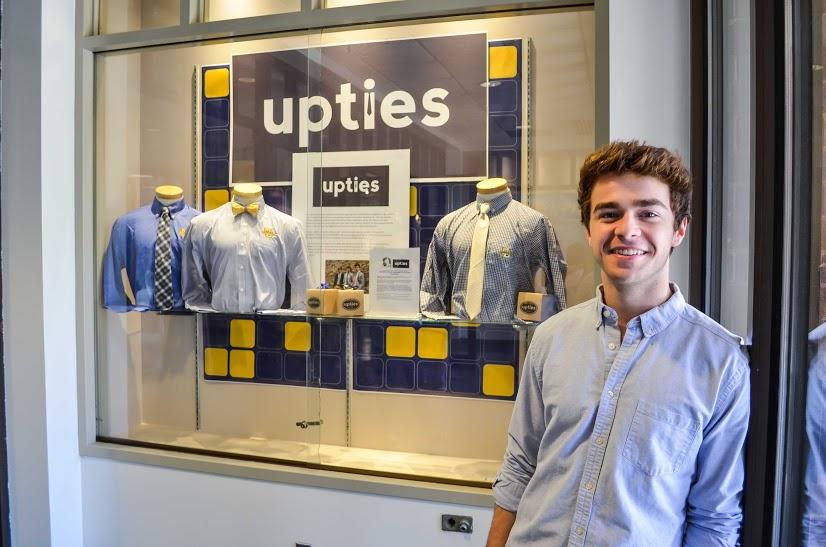
On the heels of the recent emergency closure of the Zoo Interchange, many were left wondering how to keep closer tabs on the health of such frequently used structures.
To combat structural damage, two Marquette researchers are developing wireless printable sensors that would continuously monitor the health of structures like bridges, highways and roads. The university hopes to land $800,000 in federal funds for the project.
“The sensors provide a better way to understand pavement behavior,” said James Crovetti, an associate professor of civil and environmental engineering and one of the researchers. “They have the ability to respond to each passing vehicle and how that reaction might affect the structure, as well as picking up on any possible evolving defects or damage.”
Crovetti, who is also the director of Marquette’s Transportation Research Center, said the sensors would create a “smart infrastructure.”
Co-researcher Christopher Foley, a professor of civil and environmental engineering, likened the wireless sensors to inkjet or laser printers. The sensors can be attached to a structure externally or integrated directly into the structure. The sensors send a signal to computers, which can then print out results indicating the health of the structure.
“These sensors have the unique ability to not disrupt the structure,” Foley said. “The process of application and monitoring does not harm the structure you are trying to monitor.”
Foley said the Department of Defense has already developed sensor technology, but this project would help integrate the use of sensors in providing real-time health monitoring for civilian structures.
Both professors referenced the Zoo Interchange as a “perfect example” of how sensor technology could have detected the declining health of the structure and prevented an emergency closing.
Foley also said these sensors could possibly help prevent fatal structural disasters, such as the I-35W bridge collapse in Minneapolis in 2007 that killed 13 people.
“Right now, we can really only visually examine and maybe notice defects occurring,” Crovetti said. “We’ve been without continuous feedback for a long time and advancements in technology like these sensors will really expand our capabilities to react quickly and effectively.”
To fund the project, Marquette submitted a request to Congresswoman Gwen Moore (D-Wis.) for federal funding through the annual congressional appropriations process.
“We’re really happy Representative Moore has recognized our project as a priority,” said Rana Altenburg, vice president for Marquette’s Office of Public Affairs. “Her support is a great indication of how the sensors can provide a service to the Marquette research community, as well as the public who pay for the roads and drive on them.”
Marquette faculty researchers have been working on projects related to sensor capabilities for the past year. Researchers say the federal funding would help expand their research, allowing for a better understanding of how sensors work.
“Marquette can become a leader in the sensor arena,” Foley said. “The project will allow faculty and students the opportunity to work on state of the art research.”
There is no timetable for when the funds will be either approved or denied. The appropriations process usually concludes on Sept. 30, but can run longer, Altenburg said.




